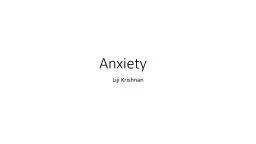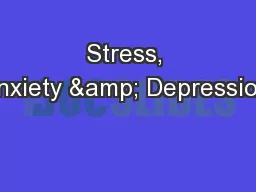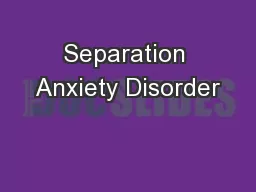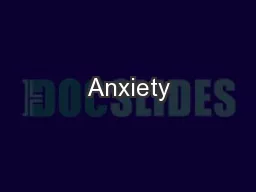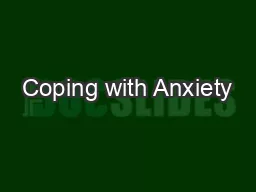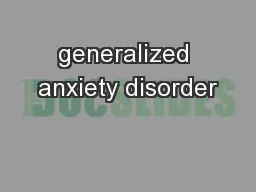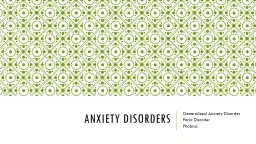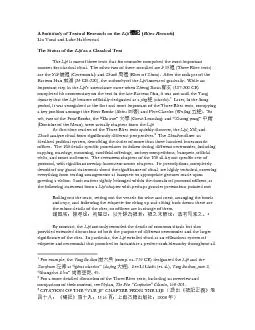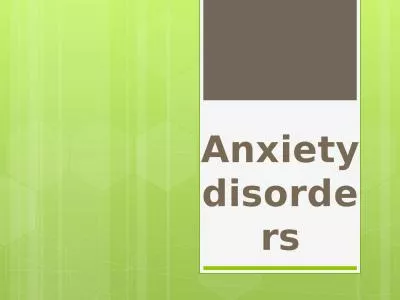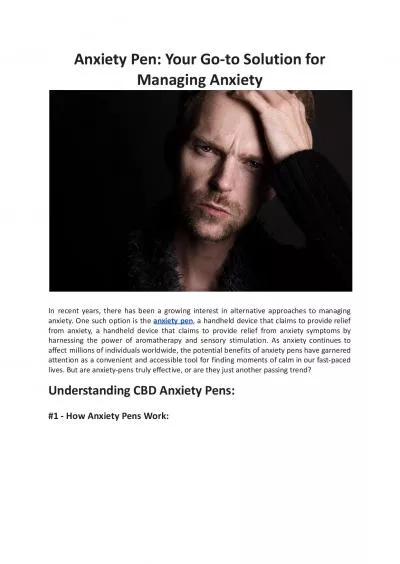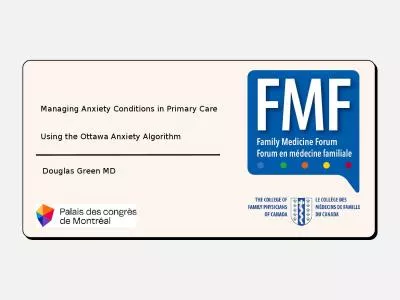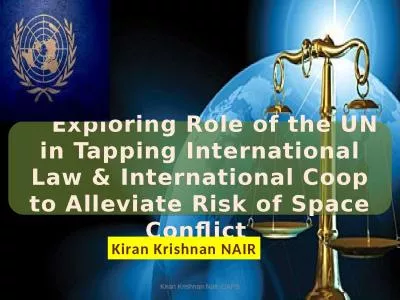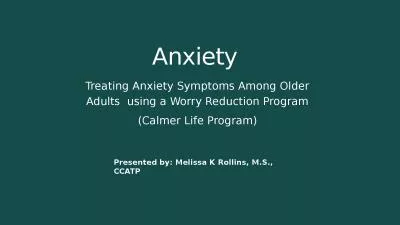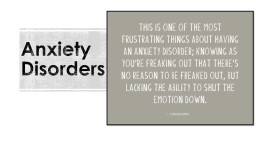PPT-Anxiety Liji Krishnan Definition
Author : partysilly | Published Date : 2020-10-22
A mental health disorder characterized by feelings of worry anxiety or fear that are strong enough to interfere with ones daily activities Causes Unknown Gene Stress
Presentation Embed Code
Download Presentation
Download Presentation The PPT/PDF document "Anxiety Liji Krishnan Definition" is the property of its rightful owner. Permission is granted to download and print the materials on this website for personal, non-commercial use only, and to display it on your personal computer provided you do not modify the materials and that you retain all copyright notices contained in the materials. By downloading content from our website, you accept the terms of this agreement.
Anxiety Liji Krishnan Definition: Transcript
Download Rules Of Document
"Anxiety Liji Krishnan Definition"The content belongs to its owner. You may download and print it for personal use, without modification, and keep all copyright notices. By downloading, you agree to these terms.
Related Documents

